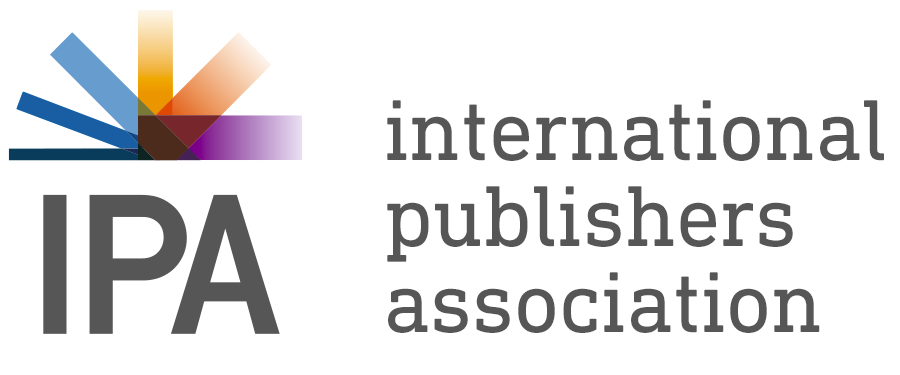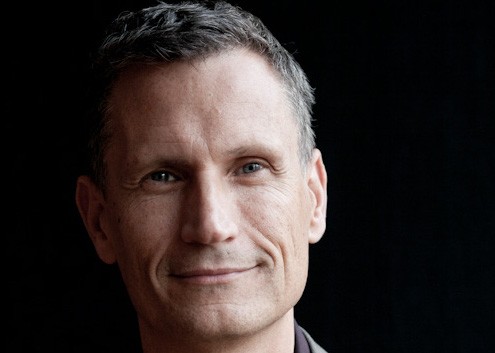Two years ago Hugo Setzer asked me to become the IPA’s Presidential Envoy for Diversity & Inclusion (D&I) in our industry. As the term of President Setzer is over my D&I envoy appointment also comes to an end but my work on this topic at IPA is not done. Time for a reflection on the last two years before I look at the future.
So, what has been achieved on the D&I front? First the IPA leadership itself. We certainly saw diversity there! The coming two years the IPA will be under the leadership of President Bodour Al Qasimi, finally a female president again, (too) many years after Ana Maria Cabanellas’ presidency, and the first president from the Middle East. Our new Vice President will be Karine Pansa, so strong female leadership at the top, and certainly ticking the gender diversity box. YS Chi was not long ago the first Asian IPA president and I, as far as I know, the first out president from the LGBTQ community. The IPA leadership diversity was explored well in the D&I panel for Publishers Without Borders with President Bodour Al Qasimi.
Diversity comes with many different lenses: gender, race & ethnicity, sexuality, disability, age, etc. Many of these lenses on diversity are well covered in the key surveys that track progress (or lack thereof) in diversity in our industry. The leading surveys in our industry are from the UK and the US and show progress on gender, with gender equality at the executive and senior level, but much more to do around race and ethnicity: in the Global North the publishing staff is very ‘white’, much more so than one would expect from the racially mixed cities where most leading publishers are located. Gender in publishing has been supported enthusiastically by Bodour’s PublisHER movement.
Triggered by the Black Lives Matter movement, race and racism was high on the agenda at this year’s Frankfurt Book Fair’s Diversity Panel, and also at the Beyond the Book Cast on Race and Ethnicity in Academic Publishing with a deep dive on Elsevier. A message of hope where all positive change starts with a meaningful dialogue and therefore lots of emphasis on courageous conversations around race and racism.
We have seen significant progress on LGBTQ rights around the world and that is also reflected on the sexuality lens on diversity. In the above mentioned publishing industry surveys we see that the LGBTQ community is well represented in publishing with many active Pride employee groups across the globe.
Change does take time: research shows that it takes about 8 years for a company to start on a D&I journey and to achieve a truly inclusive work environment where everyone feels a sense of belonging. At Elsevier (and RELX) where I work, we have been benchmarking our progress on LGBTI workplace inclusion for 7 years and frankly for the first 5 years the results were very average with steep improvements over the last two years, and now we are (finally) in the top ‘advocate’ category. D&I success is certainly possible but requires a sustained, long-term effort.
The diversity lens around disability also received much more attention in the last two years in our industry. This is a welcome and long overdue development. And we have colleagues with many different disabilities: some visible, others not, some physical, other around mental health. The publishing industry doesn’t only support diversity through its workforce, but also through what we publish: we can actively support the diversity cause through our publications and a more diverse authorship. How we publish it is also important: in order to be truly inclusive our publications should also be accessible for all, including the print-disabled. Excellent work is done by the Accessible Books Consortium, with Hugo Setzer, Jose Borghino and myself on the board representing publishers.
Publishers as agents of societal change definitely applies also to educational publishers where studies have shown that textbooks systematically underrepresent female and minority characters. Publishing staff diversity and the diversity of what we publish are not unrelated: a recent New York Times study showed that 95% of books are by white authors and also that 85% of publishing staff is white, far from reflecting the race and ethnicity of today’s US society, let alone the urban centers where most publishers are located. Thus more (racial) diversity in our publishing houses can lead to more diversity of our books – and there is definitely room for improvement there.
A reflection of the last two years cannot be without addressing the global pandemic we are hopefully soon emerging from. I posed the question: Diversity & Inclusion in the times of Corona: more important than ever or a nice-to-have? The novelist Arundhati Roy framed the pandemic as a moment of choice:
(The Pandemic) is a portal, a gateway between one world and the next. We can choose to walk through, dragging the carcasses of our prejudice and hatred, our avarice, our dead rivers and smoky skies behind us. Or we walk through lightly, with little luggage, ready to imagine another world. And ready to fight for it”.
The pandemic is an opportunity to shape a more inclusive, equitable and sustainable world also for us publishers and the world we live in. To achieve sustainability we do not start from scratch: we have an excellent framework with the Sustainability Development Goals (SDGs) and in 2020 we saw the SDGs high on the agenda in the global publishing community. A very practical way for any publisher or publishing organization to support the SDGs is to sign up for the SDG Publishers Compact, another great collaboration between the UN and the IPA we can all be proud of.
While my role as D&I envoy has come to an end, I will continue to serve the IPA as chair of the Inclusive Publishing and Literacy (IPL) committee: fighting for a more inclusive world where all are literate. Literacy and inclusion are crucial building blocks of a more sustainable world, so our work on the SDGs will form an excellent basis for 2021 and beyond. Let me close with a big thank you to Hugo Setzer for all his support and for Bodour Al Qasimi to continue the good work around diversity and sustainability!

